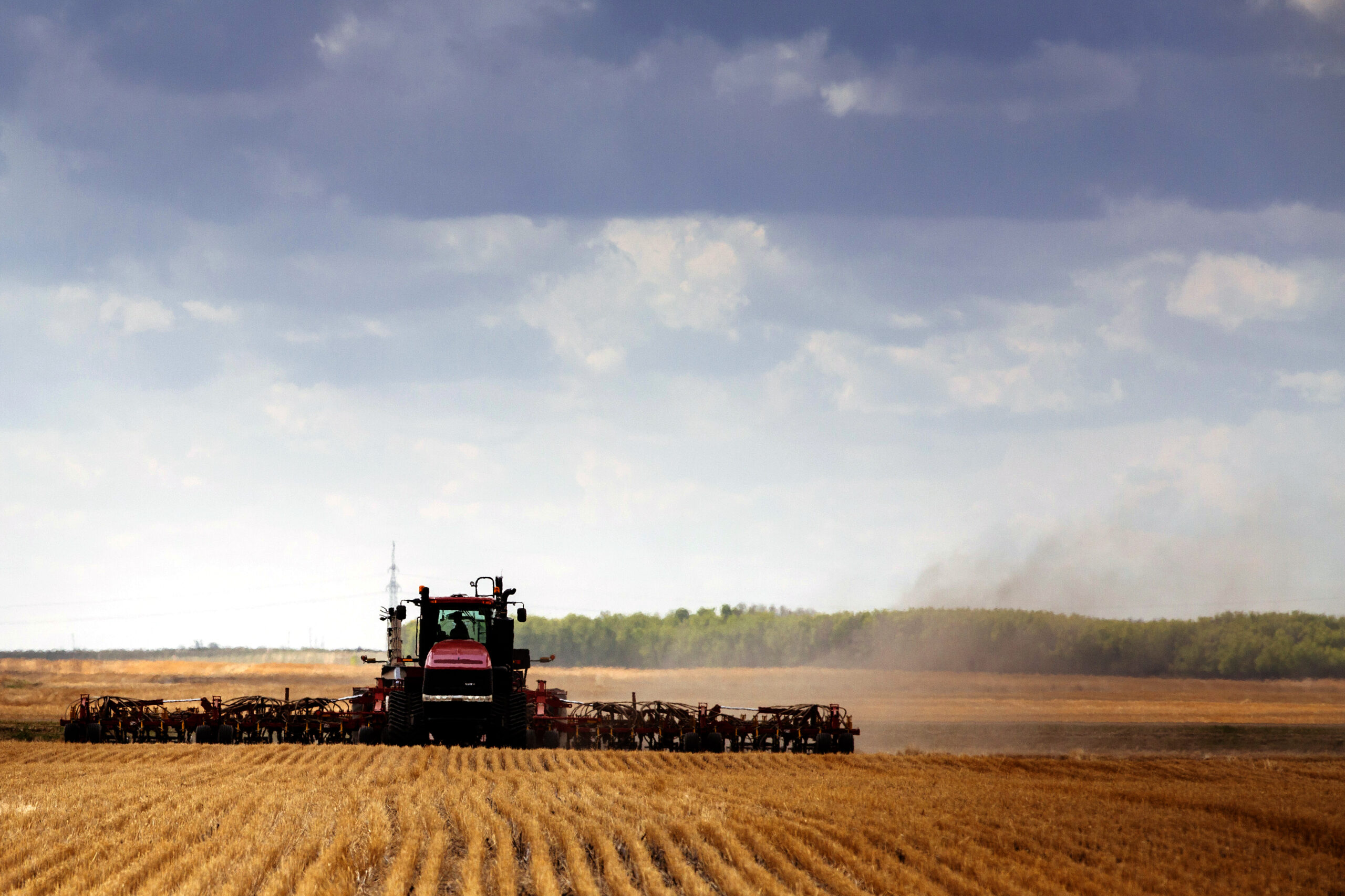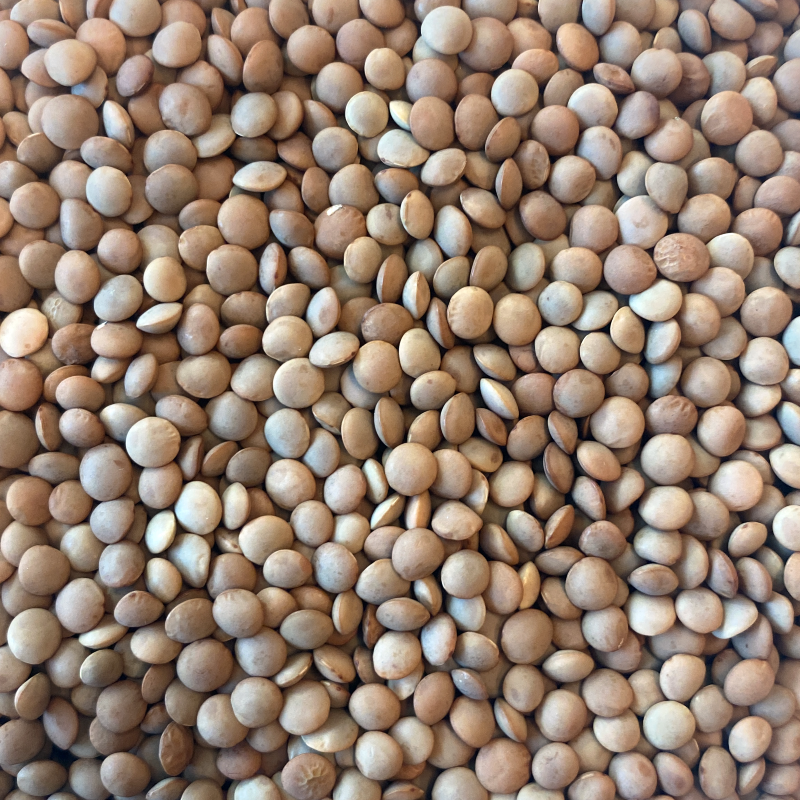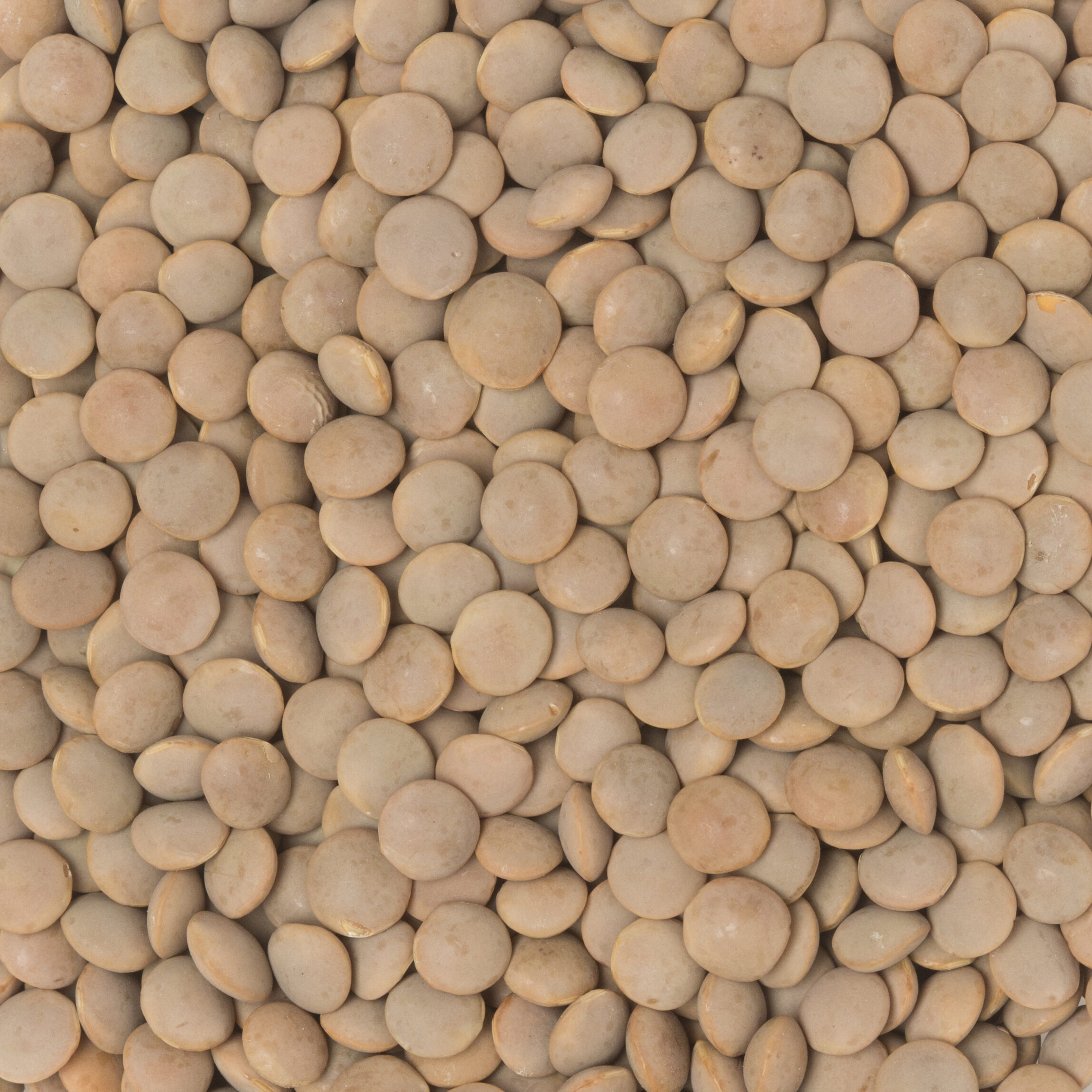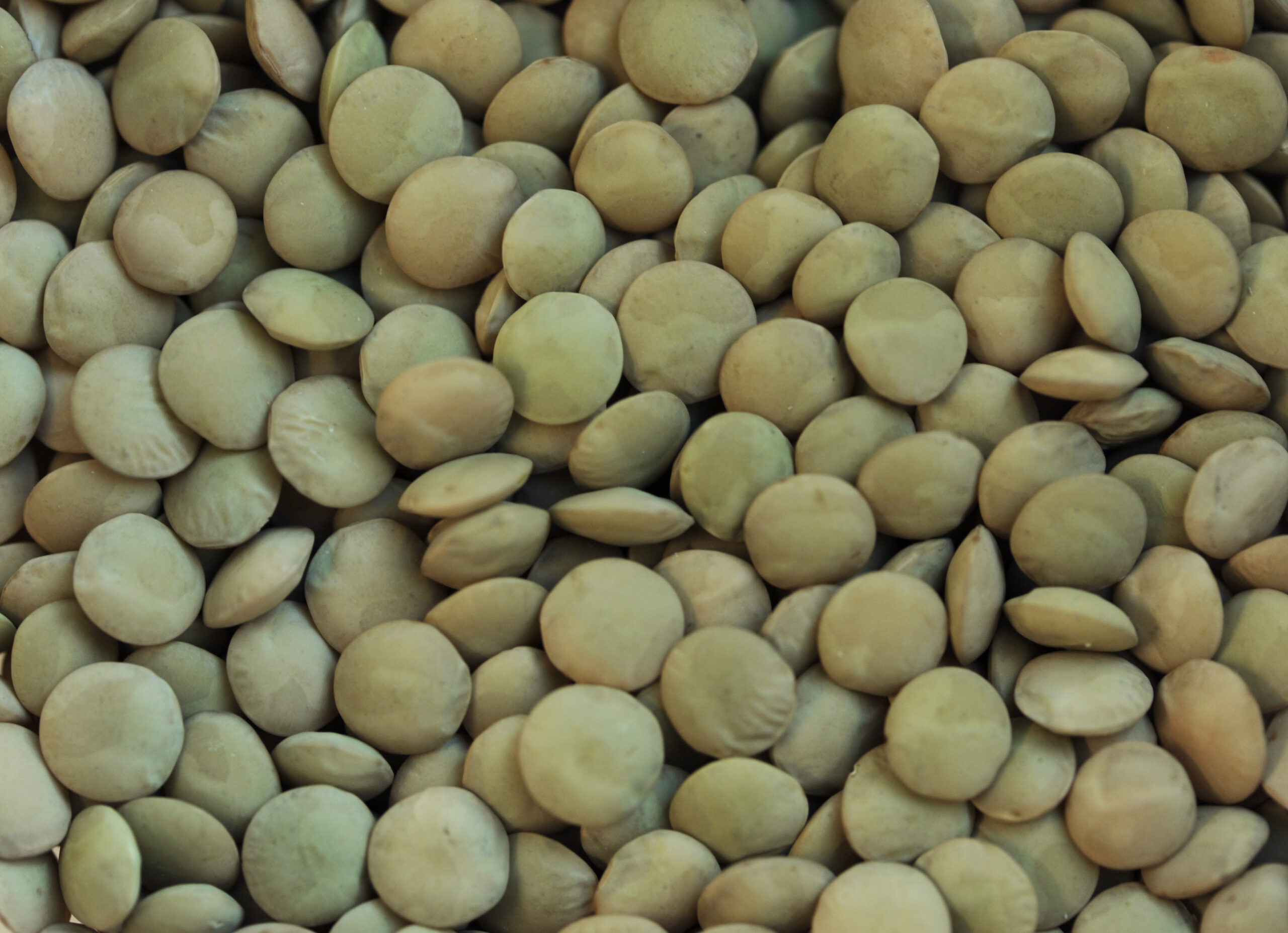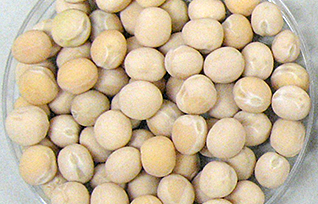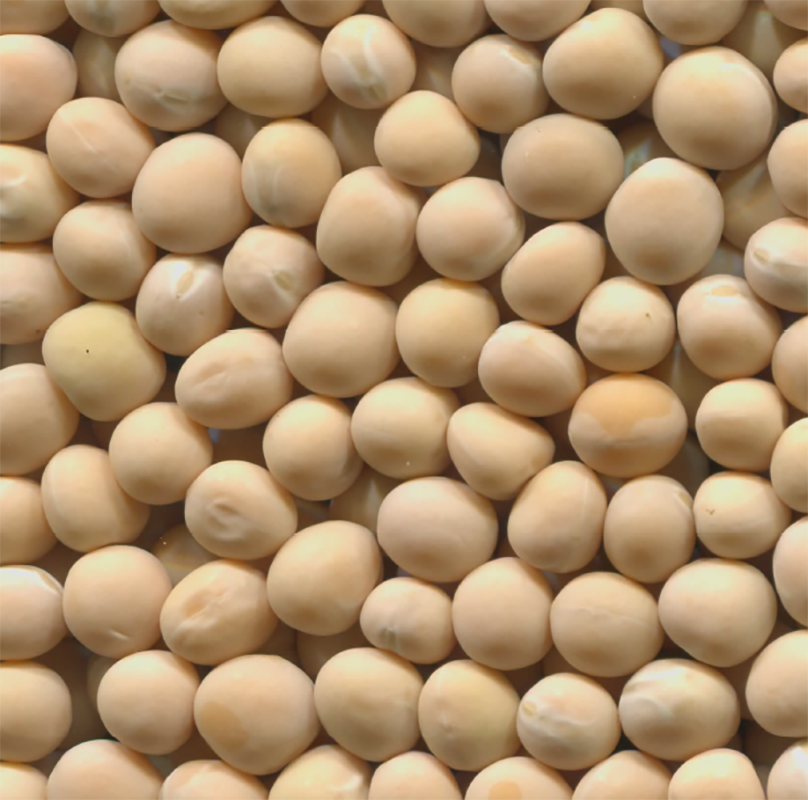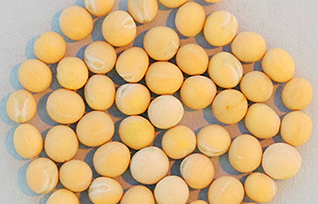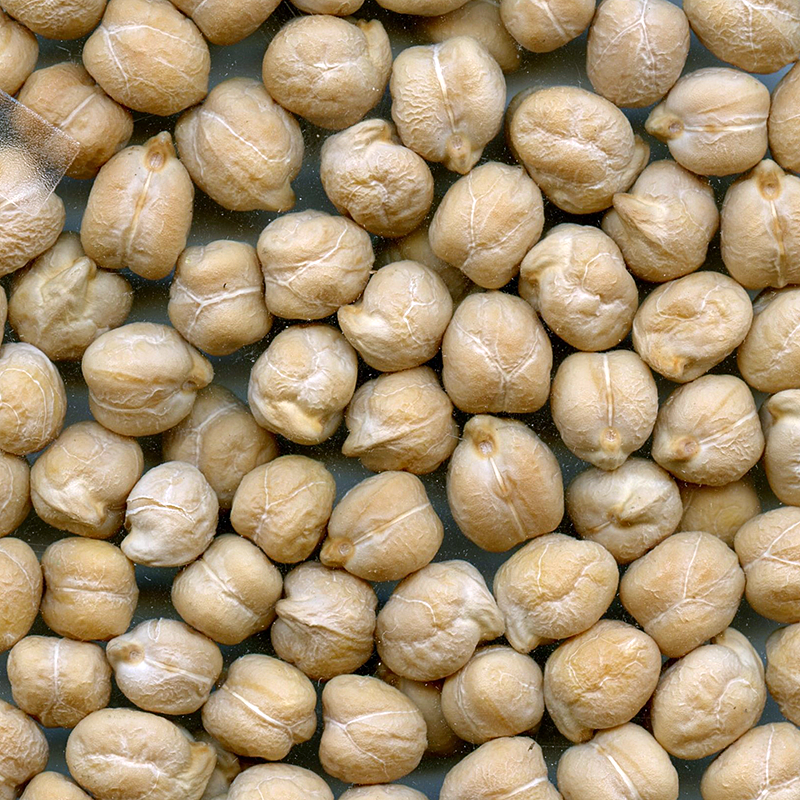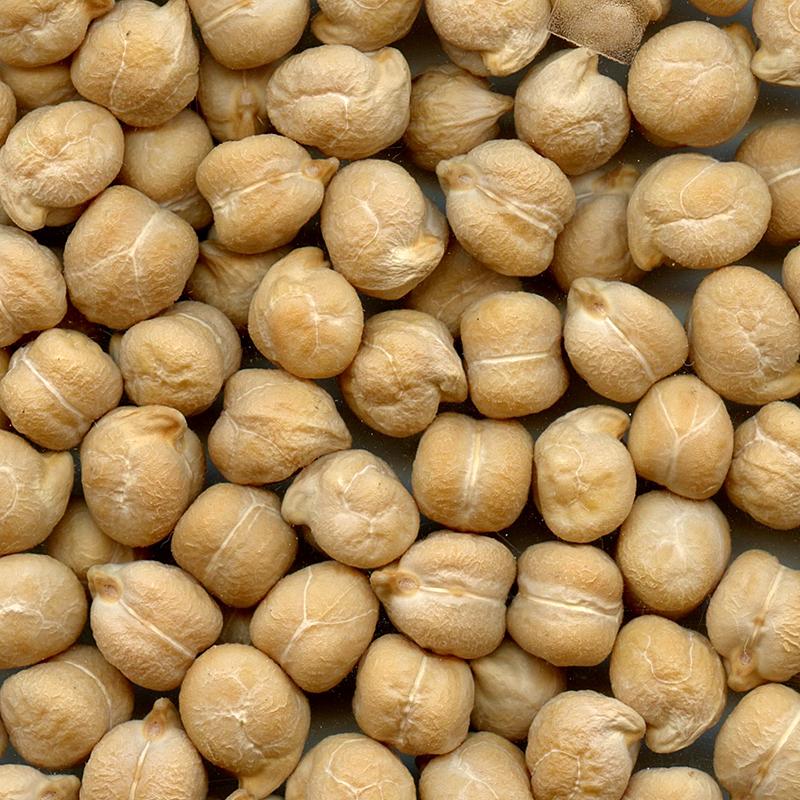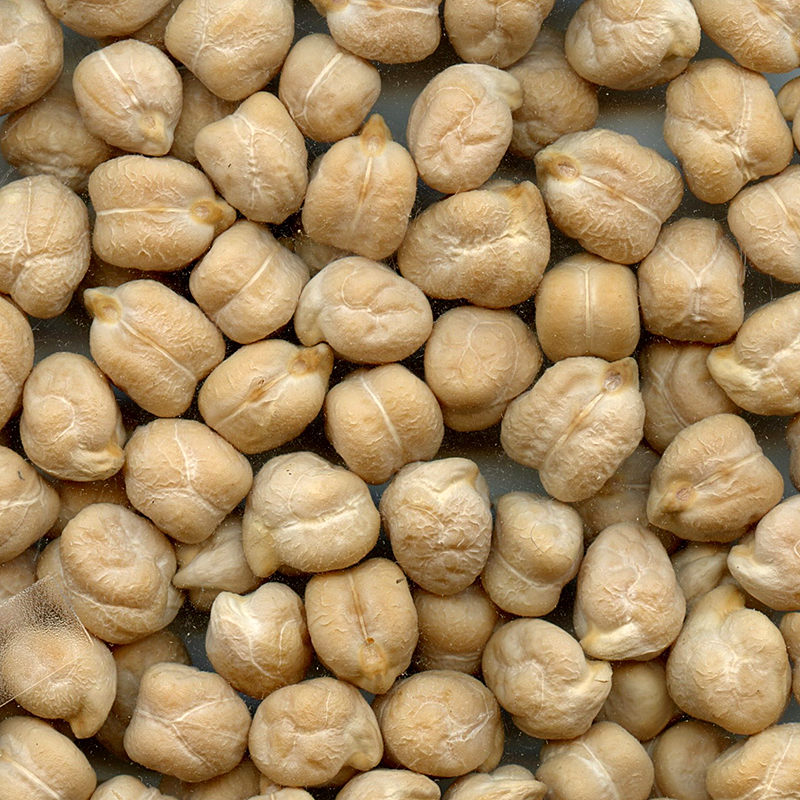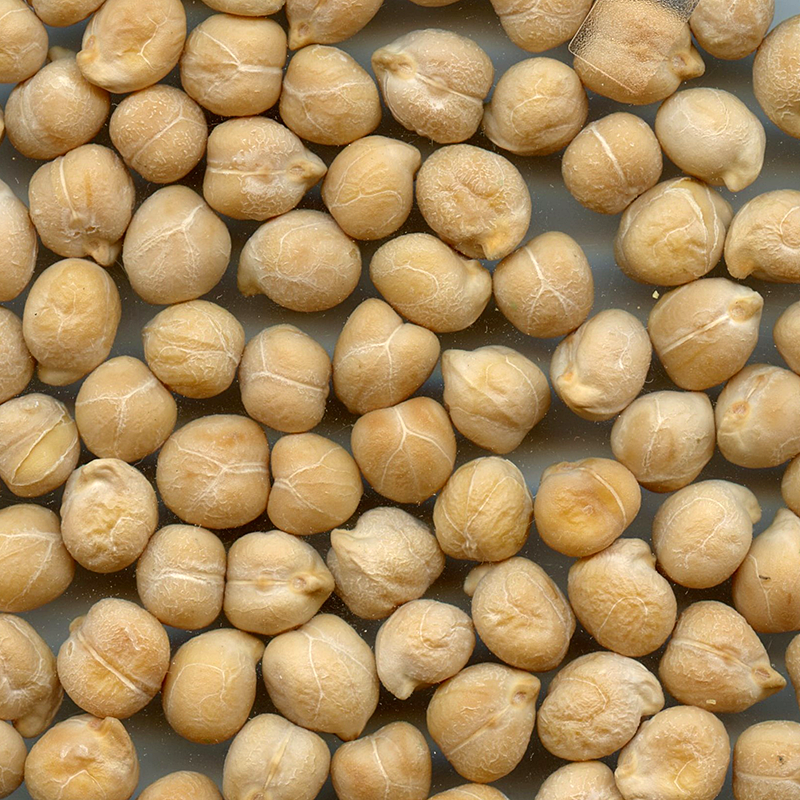As farmers make seeding decisions for the upcoming production year, consider making the switch to new small red lentil, yellow pea, green pea, and Kabuli chickpea varieties for improved yields. New pulse varieties have demonstrated higher yields and improved characteristics such as increased protein content, seed quality, standability, and bleaching when compared to historic varieties.
Small Red Lentil
Across Saskatchewan, CDC Maxim Clearfield® (CL)* has been the dominant variety since it was released in 2007 but is losing favour year over year as growers turn to newer, higher-yielding options. Replacing CDC Maxim CL with one of three newer varieties could result in higher yields next season.
* Clearfield is a registered trademark of BASF; used under license by BASF Canada Inc. © 2023 BASF Canada Inc.
% Yield of CDC Maxim CL by Variety for Small Red Lentils

Source: Varieties of Grain Crops 2023
CDC Nimble CL
CDC Nimble CL is one of the highest-yielding small red lentil varieties, yielding 108% of check in the south, and 107% in the north demonstrating good yield stability. This variety has a small seed size which is more economical for seeding, good for dehulling due to improved seed thickness, and has imidazolinone tolerance.
CDC Redmoon
CDC Redmoon is another high-yielding small red lentil with proven field production performance. It yields 114% of check in the south and 106% in the north. This variety has greater seed thickness than CDC Maxim CL and as a non-CL variety, CDC Redmoon is an option for growers looking for a non-CL variety.
CDC Simmie CL
CDC Simmie CL is also a high-yielding small red lentil, particularly in the brown and dark brown soil zones. It yields 107% of check in the south and 102% in the north. It has comparable agronomic and disease resistance characteristics to CDC Maxim CL.
Large Green Lentil
The dominant variety in the large green lentil market class has been CDC Greenstar with CDC Lima trailing closely behind. Those looking for a CL large green lentil should consider the new CDC Grimm CL for next season.
% Yield of CDC Maxim CL by Variety for Large Green Lentils

Source: Varieties of Grain Crops 2023
CDC Grimm CL
CDC Grimm CL is now available to growers and has good yield in the north, but lower in the south relative to other large greens. Disease resistance characteristics for CDC Grimm CL indicate improved resistance to anthracnose (race 1). Being rated moderately resistant represents the best anthracnose race 1 resistance in this market class.
Yellow Pea
There are several historic varieties including CDC Meadow that are being challenged by newer and better-performing varieties when comparing yields. Yellow pea growers have three newer and improved variety options to consider for the upcoming production season.
% Yield of CDC Amarillo by Variety for Yellow Peas
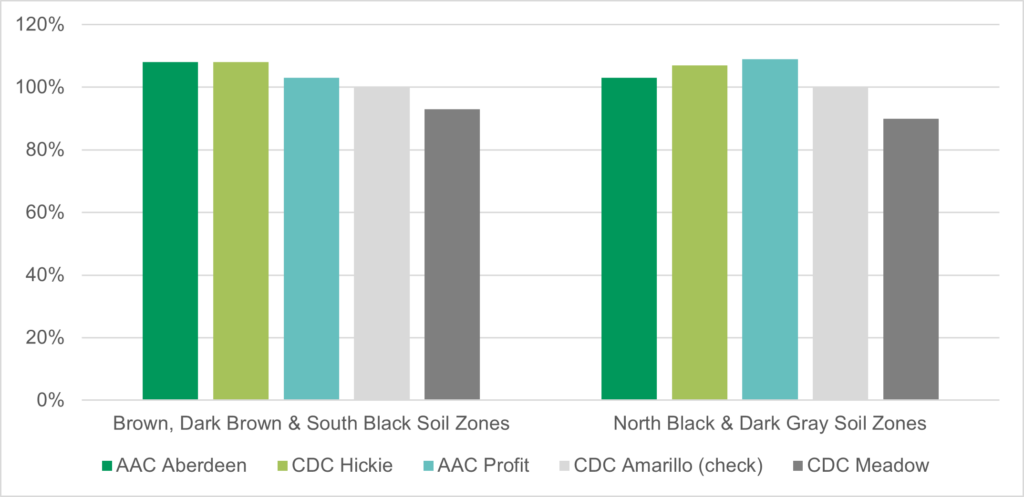
Source: Varieties of Grain Crops 2023
AAC Aberdeen
AAC Aberdeen is high-yielding in the south, yielding 108% of check, and 103% of check in the north. It is a semi-leafless yellow pea that has very good standability and good resistance to greenness. AAC Aberdeen is rated fair for seed coat breakage.
CDC Hickie
CDC Hickie yields 108% of check in the south and 107% in north, making it an excellent choice for all geographies. It has very good standability, good protein, and is rated good for resistance to seed coat breakage, dimpling, and greenness.
AAC Profit
AAC Profit is a high-yielding yellow pea with yields of 103% of check in the south and particularly high in the north at 109% of check. This variety has high protein which is sought after for fractionation by pea processors. It is also rated good for resistance to dimpling and greenness. AAC Profit is rated fair for seed coat breakage.
Kabuli Chickpea
Advances in technology are providing strong Kabuli chickpea variety options for producers in Saskatchewan. This year highlights four recent varieties for consideration, with features such as strong yield performance, large and small seed size, and improved disease resistance.
% Yield of CDC Leader by Variety for Kabuli Chickpeas
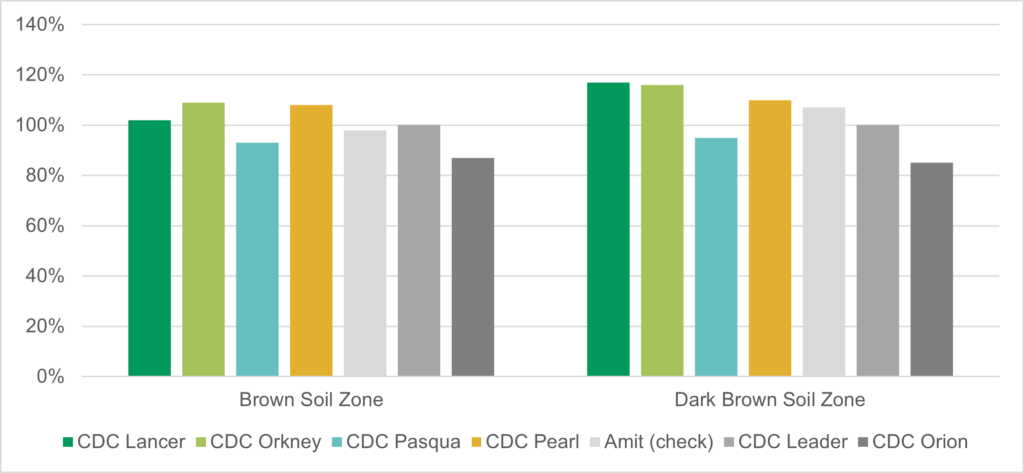
Source: Varieties of Grain Crops 2023
Note: Data is based on four years of head-to-head Regional Variety Trial raw data.
CDC Lancer
CDC Lancer is a high-yielding Kabuli chickpea. Compared to CDC Leader, CDC Lancer yields 102% in the brown soil zone and 117% in the dark brown soil zone. CDC Lancer matures early and has the advantage of imazamox herbicide tolerance (Solo® ADV). This variety has slightly improved resistance to Ascochyta blight compared to CDC Orion.
CDC Orkney
CDC Orkney is another high-yielding Kabuli chickpea. Compared to CDC Leader, CDC Orkney yields 109% in the brown soil zone and 116% in the dark brown soil zone. CDC Orkney matures similar as CDC Leader and has the advantage of imazamox herbicide tolerance (Solo® ADV). This variety has improved resistance to Ascochyta blight compared to CDC Orion.
CDC Pasqua
CDC Pasqua is a large-seeded Kabuli chickpea with tolerance to imazamox herbicide (Solo® ADV). The main advantage of this variety is it has the largest seed size available, capable of producing 10 mm seed. This is a lower-yielding variety that boasts a large seed size. Regional variety trial data demonstrated it yielded 93% in the brown soil zone and 95% in the dark brown soil zone of CDC Leader.
CDC Pearl
CDC Pearl is a smaller-seeded Kabuli chickpea with improved resistance to Ascochyta blight and is tolerant to imazamox herbicide tolerance (Solo® ADV). Compared to CDC Leader, CDC Pearl yields 108% in the brown soil zone and 110% in the dark brown soil zone. This variety also has earlier maturity compared to CDC Leader. Seed size is smaller than other Kabuli varieties making seeding more economical.
The Interactive SaskSeed® Guide allows users to search for variety information relevant to their local area, selecting specific characteristics and generating a report that shows the varieties best suited for their regional growing conditions, as well as listings of the breeder, distributor, and pedigreed seed growers who have that certified seed available.
